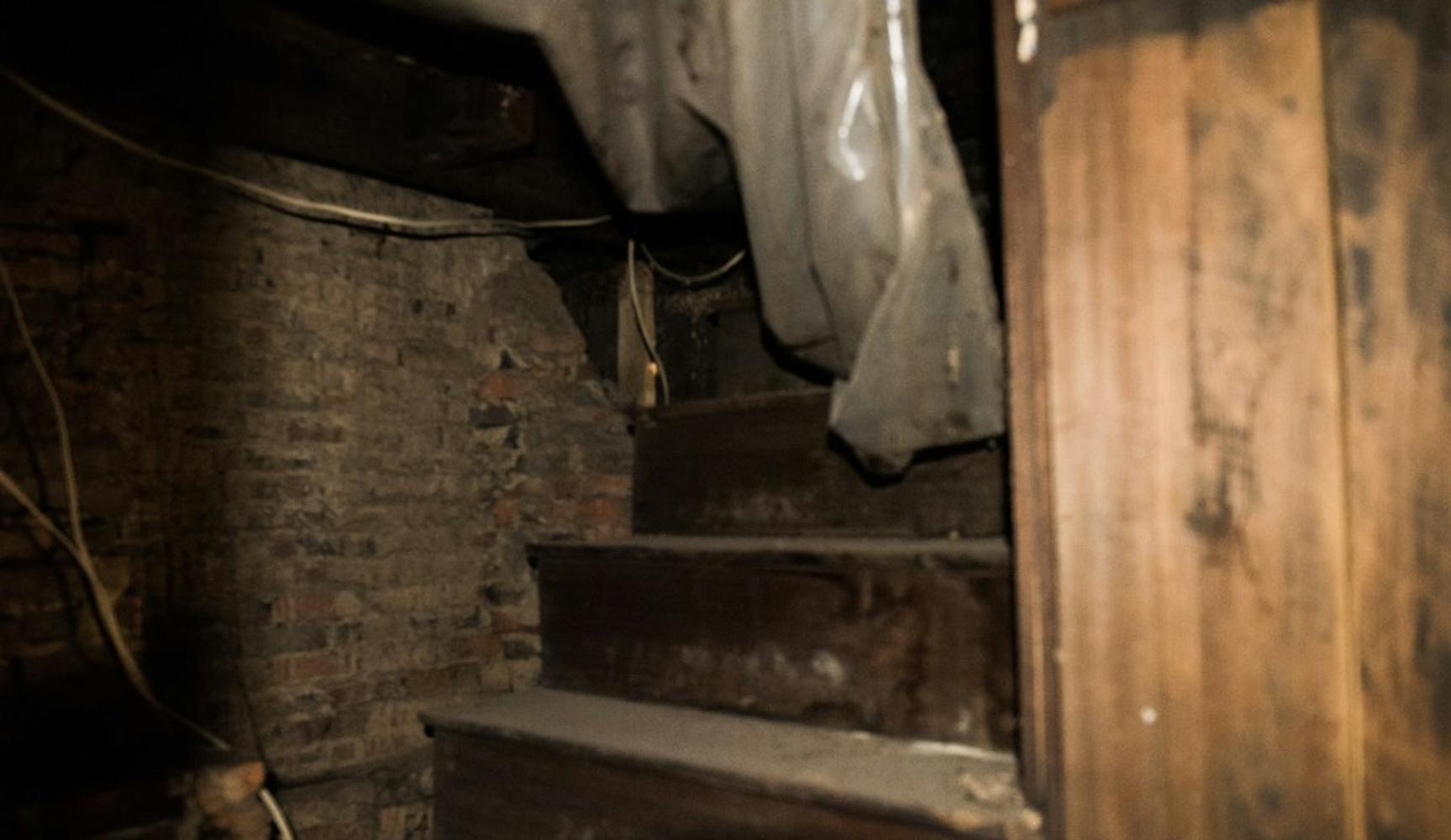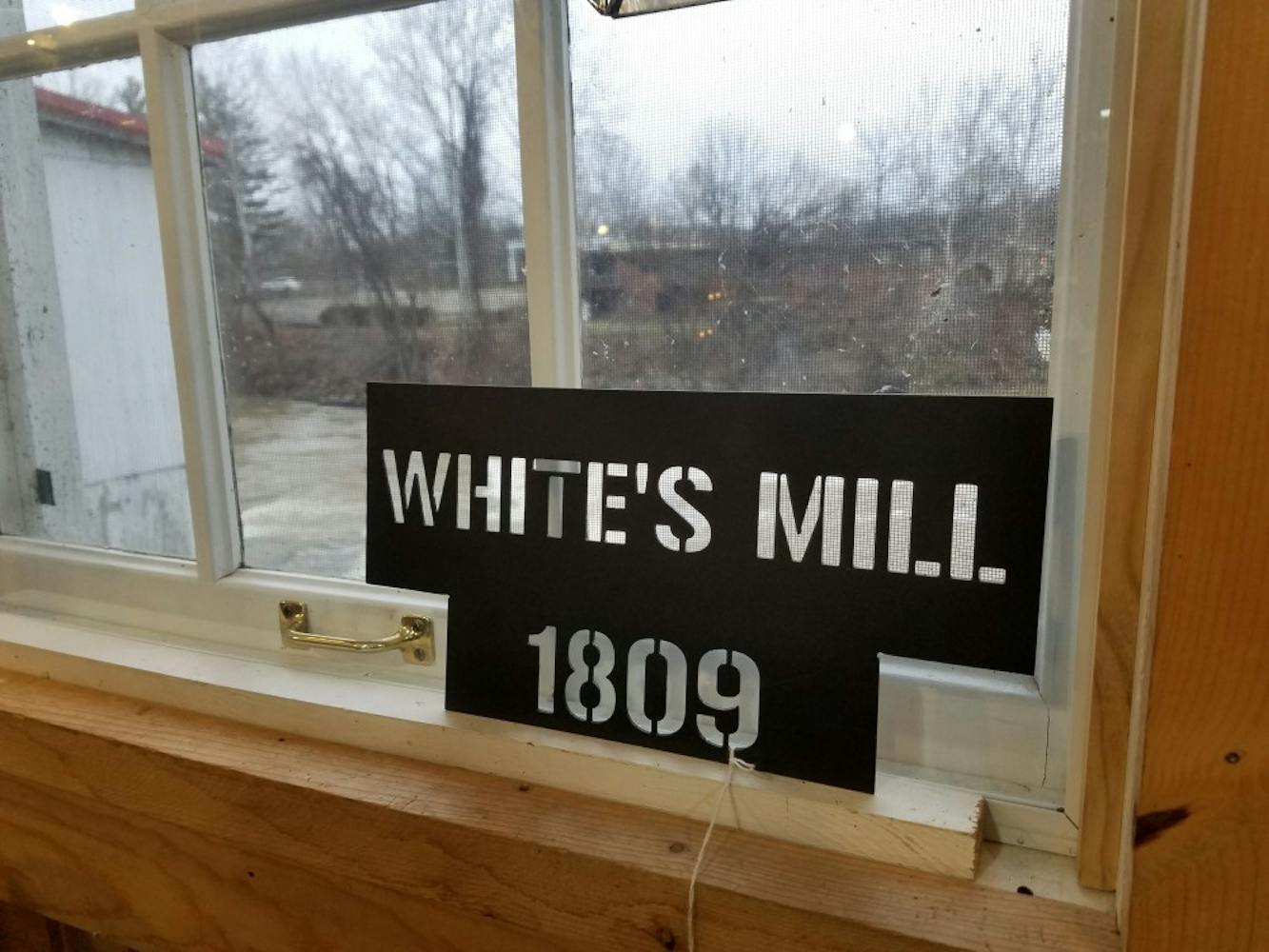When Dane McCarthy first moved into the historical Daniel Weethee House in Millfield, he had heard stories about a secret stairwell connected to the attic where runaway slaves used to hide. It wasn’t until he started exploring that he began to learn about the house’s role in the Underground Railroad.
Athens, along with other towns in southeast Ohio, played a significant part in helping runaway slaves seek freedom. The city was one of the first stopping points runaway slaves made during their journey after leaving slave-state Virginia before West Virginia separated from it during the Civil War. The Hocking River provided transportation routes upstream for “conductors” in boats to carry fugitives, according to a book by Henry Burke, an Underground Railroad historian.
The events of the Underground Railroad that happened in the region were “fundamental” to ensure people’s journey to freedom, Akil Houston, an associate professor of African American Studies, said. A few of those sites that were a part of the Underground Railroad still remain today.
The Daniel Weethee House sits a 20-minute car ride from Athens, on top of a hill down the road from a water treatment plant and a chicken farm. Built the same year as Ohio University was founded, the house contains more than two centuries worth of history.
Before Dane McCarthy bought it in 1997, the house was decrepit. With no electricity, plumbing or bathrooms, it looked like an abandoned, haunted house. He had lived in the house as a renter during the '70s when the rent was $20 a month. Since purchasing the house, McCarthy has been spending the past two decades making the house livable while also restoring it to its original look. He is currently excavating a room on the first floor where a wall had blocked off the original fireplace.
“I’ve always loved archeology, and I think it’s important to try to keep the original appearance of the house for historical reasons,” McCarthy said. “They don’t make them like this anymore. This is the real thing.”
The builder Daniel Weethee, an abolitionist, was one of the first pioneers in Athens who walked from New Hampshire and settled in Millfield, McCarthy said.
The house’s original wall paint and ornamental design on the ceiling are still visible. Two sets of stairs were common for houses back then, McCarthy said. One was for the family and the other for the servants.
McCarthy had not seen that second set of stairs when he first moved in. He had heard stories from his neighbors about the house once serving as a place to hide runaway slaves. He later talked to Weethee’s great granddaughter, Bernarda Bryson Shahn, a painter who lived nearby, about the house’s history.
When Shahn was little, she had found an iron ring on the floor of the attic that revealed a hidden set of stairs, which were blocked at other end by another hidden door. It was there, in that closed-off stairwell, runaway slaves once hid.
The Daniel Weethee House isn’t the only historical site near Athens that was once a station in the Underground Railroad.
White’s Mill, across the Hocking River and down the road from the Richland roundabout, was also used to help fugitives reach their freedom. Originally named the Herrold Mill, it was built in 1809 by Silas Bingham before his stepson Joseph Herrold bought it in 1840.
Tyler Schloss, the current co-owner of White’s Mill, said Herrold was also an abolitionist who had hid runaway slaves beneath the spillway, a water passage at the mill. Fugitives then would go to Chesterhill, the next town in the Underground Railroad, according to Burke’s book, Washington County Underground Railroad.
“It’s a kind of pride,” Schloss said. “Being an owner, I’m proud that the past owners recognized slavery as an evil thing and wanted to eradicate it and do their part just because it was the right thing to do. If we were in that situation, I’d like to think we’d do the same thing.”
Some places in Athens, however, contain more mystery and rumor than actual truth.
Mindy Heflin, one of the directors for Athletes in Action, and her husband had bought a house at 24 E. Washington St. after hearing about its history. She heard rumors that in the basement there was once a tunnel in which runaway slaves hid.
The story goes that a runaway slave named Nicodemus hid in the basement. Someone had found out about Nicodemus hiding in the house, and people came in yelling with torches. They dragged him out of the house and killed him in the yard. People have witnessed ghostly behaviors, like strange noises and doors opening and closing on their own, in the house, according to the The Oklahoman.
“I don’t know if there’s a shred of truth to it,” Heflin said.
A Southeast Ohio History Center historian told Heflin that those stories came about in the 1960s and were likely made up, as most stations in the Underground Railroad were outside of the main city. There is also no documentation of the story of Nicodemus ever occurring, but former professor and author of Ghosthunting Ohio John Kachuba told The Oklahoman that the story is plausible.
“Whether this house was used for the (Underground Railroad) or not, I think everyone hopes it was,” Heflin said. “Because everyone wants to be able to say they were a part of doing something that was so right.”












